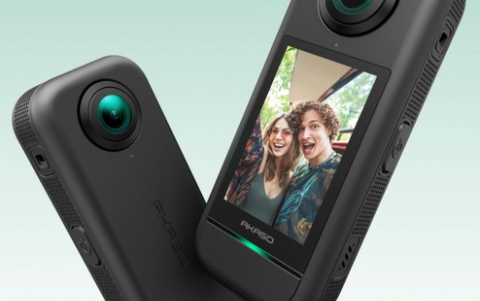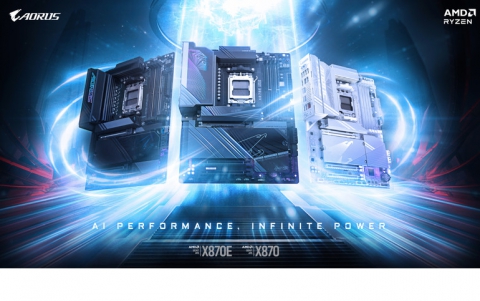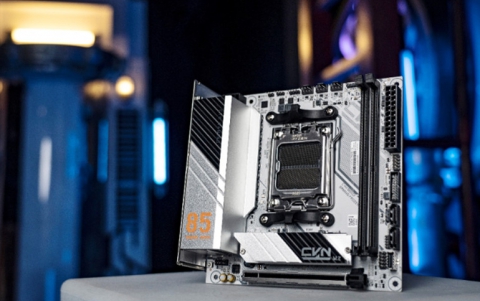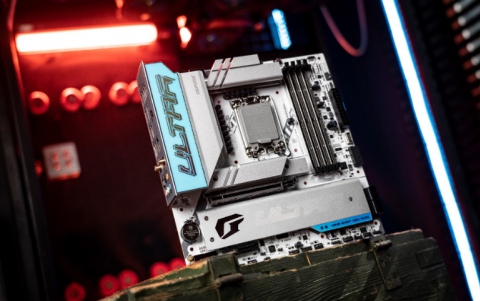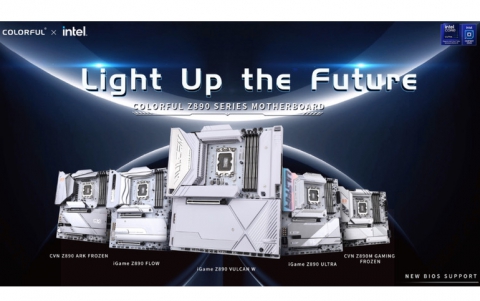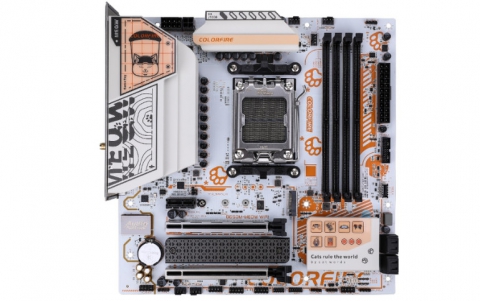Terratec M3PO
3. Tests
Terratec M3PO - Page 3
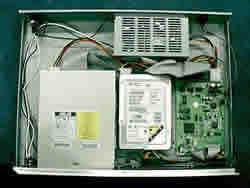 Our
Tests:
Our
Tests:
We wanted to test the Player thoroughly in order to find out whether
it fully complies with its specifications. First of all we tested the
MP3 playing capabilities. We tried every kind of MP3 CD you could feasibly
acquire or burn: from the standard 74min CD-R with MP3 files in it's
root directory, to the overburned 80min CD-RW having MP3 files spawn
among several subdirectories. Spread throughout them we included files
of several other extensions including ZIP, .RAR or even DOC. Furthermore,
we used more than 10 different CD-R brands including Mitsui, Princo,
Leadtek, TDK, Kodak, Philips, and Verbatim. Along them we also tested
it extensively using various CD-RW brand disks we found available, including
disks made by Verbatim, TraxData, Leadtek, and Princo. The Asus 40x
performed without a glitch in this area, managing to read everything
we could possibly throw into it!
The decoding engine of the Micronas showed its strength when it had to deal with a full range of MP3-encoded files at bit-rates of 8, 16, 18, 20, 24, 32, 40, 48, 56, 64, 96, 112, 128, 160, 192, 224, 256 and finally 320kbps. Sampling rates of 22, 32, 44.1 and 48KHz, both 8 and 16 bit were also tested. We then extended our tests with variable bit rate encoded MP3s. All of them were also reproduced successfully, whether encoded in the 'Lowest' or 'Highest' setting of the Xing encoder in AudioCatalyst 2.x. Finally, the player managed to process all the M3U (WinAmp-type) Playlists we tried on it, even if some of them pointed to different directories in the CD or the HD.
After doing all of the above, we didn't expect to face a single problem when moving on to test the player using normal music disks. Trying to be, however, completely typical, we also tried several pressed, recorded and erasables. Each one of them played like a charm.
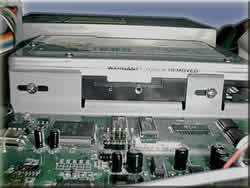 Getting
on to the hard disk, things become even more interesting. The M3PO can
handle virtually every hard disk you can find on the market today. We
tested several brands (Western Digital, Quantum, Seagate), even an old,
now not-in-use, Conner we were able to find. Their capacities ranged
from 1.2 to 30GB and we didn't face a single problem with anyone of
them. Whether it being PIO-1, PIO-4, UDMA/33 or even UDMA/66, the M3PO
player could handle them successfully.
Getting
on to the hard disk, things become even more interesting. The M3PO can
handle virtually every hard disk you can find on the market today. We
tested several brands (Western Digital, Quantum, Seagate), even an old,
now not-in-use, Conner we were able to find. Their capacities ranged
from 1.2 to 30GB and we didn't face a single problem with anyone of
them. Whether it being PIO-1, PIO-4, UDMA/33 or even UDMA/66, the M3PO
player could handle them successfully.
We measured the CD-to-HD copy speed though, and got a number of about 150Kb/s, considered to be a somewhat low (same as 1x recording speed). The annoying thing is that the player must stop all of its activities (and thus the music reproduction itself) when performing the copy job. So, you have to wait the 74 or so minutes for the transfer of a whole MP3 CD to the HD. We mailed the company about this problem and they sent us an alpha firmware update that could reach copying speeds of up to 4x (600kb/s). This is quite an improvement and we expect that a production release will be officially issued in the immediate future.
It might be important to our readers to point out here that the flashing process is very simple, if you have a recorder around. You can burn the downloaded BIN file onto a disk, load it up to the M3P0, select 'Update with CD' on the menu and voila! It's ready in a few seconds.
Of course, there is a much faster way for obtaining a HD full of MP3 songs. Just take the disk out of the player (a very simple and easy process), mount it to your PC, do the copy stuff and remount it back to the M3PO.
The output quality of the Player when playing MP3 files was about the same you get when using WinAmp on a PC equipped with a modern sound-card. We were unable to spot any anomalies on the reproduction of the music on the higher (above 128kbps) bit rates. Furthermore, using audio CDs and testing the player with the proper audio equipment under the appropriate audio lab "simulation", we found that the reproduction quality could reach that of the high-end players available in the market today.
As for the usability test, the first impression you get is that the device somewhat complicated due to its large feature set. You certainly have to read the manual to get along with everything. As you get used to it though, you quickly find out that the philosophy of the menus is quite clever and couldn't be done much differently. Especially considering you have only at your disposal 4 buttons and a turn knob at the front panel (The LCD though seemed a little small for the intended use and we wished it had a wider viewing angle and better song scrolling.)
We are delighted to say here, that most of the inconveniencies
we s potted
in the menu system earlier were greatly improved by uploading the alpha
firmware we were sent. Additionally, many other, new to us, features
were also added! If you check Teratec's website (www.terratec.net)
you will see that there have been numerous firmware releases in the
past. This shows that 'Terratec'' seems to be a company which cares
a lot about its customers. It doesn't stop development on its products
after initial market introduction. Aftersale support we expect to be
of similar quality as well. The homepage of M3PO is located at www.m3po.com.
potted
in the menu system earlier were greatly improved by uploading the alpha
firmware we were sent. Additionally, many other, new to us, features
were also added! If you check Teratec's website (www.terratec.net)
you will see that there have been numerous firmware releases in the
past. This shows that 'Terratec'' seems to be a company which cares
a lot about its customers. It doesn't stop development on its products
after initial market introduction. Aftersale support we expect to be
of similar quality as well. The homepage of M3PO is located at www.m3po.com.
A certain issue they might want to deal with in the future concerns the unit's remote control. Although it numbers many more buttons than the Player itself, thus providing shortcuts for the most frequently used functions (such as Play, Stop, Next Song, Previous Song, Search back and forth, Speed adjustment, File information), it's lack of the multi function 'Soft-button' that is present on the Player itself leads to some inconveniences. A number of functions cannot be preformed through the remote control itself and one has to access the main unit for doing so.




